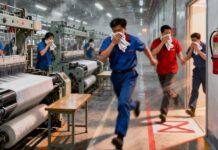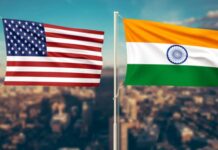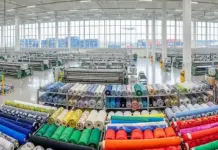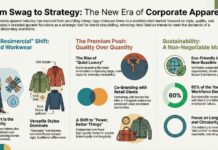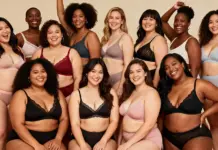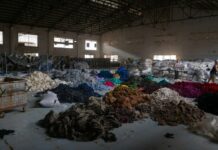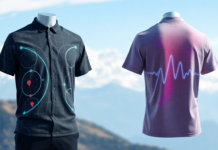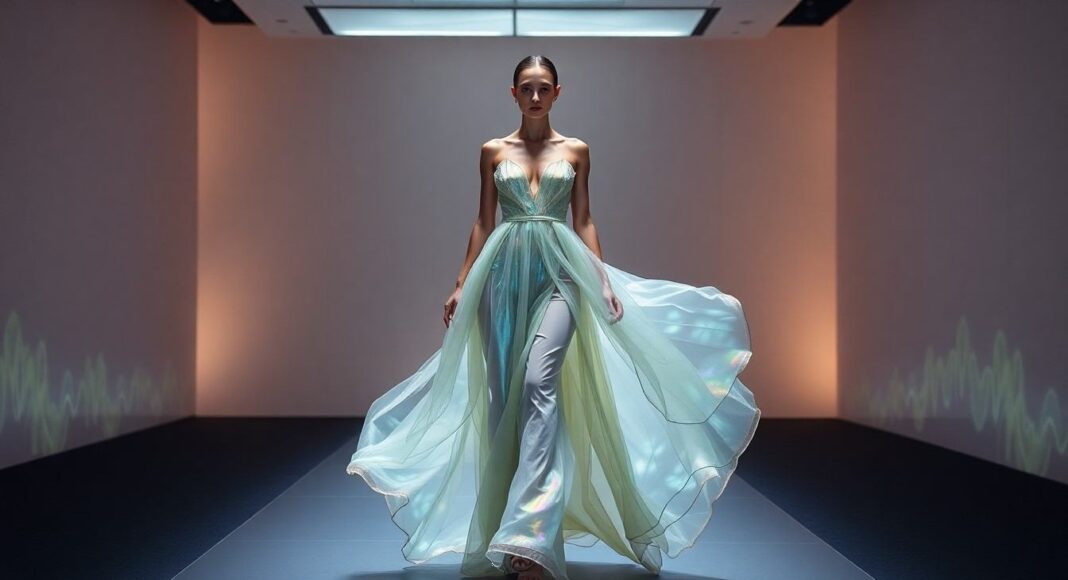Fashion, as a world, is changing rapidly, and the year 2025 will witness a revolution of sorts with fluid fashion couture is dominating in a stunning combination of texture and innovation. The new trend marks a departure from stiff silhouettes and conventional constructs, paving the way for a revolution where fluidity, tactile depth, and technological strides redefine luxury and craftsmanship on the couture catwalk. The combination of artistry, sustainability, and innovative technology is not only transforming the look of design but also transforming consumer expectations in the world of haute couture.
The idea of fluid fashion couture is an expression of wanting clothes that capture movement, flexibility, and sensory interaction. With the designs, there is greater exploration of emerging materials, avant-garde textures, and pioneering techniques for achieving garments that interact dynamically with the wearer’s body and surroundings. This is beyond the use of fashion as clothing itself, taking it to a live experience addressing contemporary sophistication and uniqueness.
The Rise of Fluid Fashion in Couture
The dominance of fluid fashion couture 2025 finds its roots in wider cultural and technological changes that are shaping the fashion ecosystem. With consumers requiring comfort and versatility at no expense to luxury, designers are reinterpreting age-old couture methods and combining them with modern sensibilities and digital breakthroughs.
Fashions’ fluidity is expressed in soft, flowing materials, unseamed constructions, and clothing that transforms to suit multiple contexts, ranging from special events to casual use. The haptic quality—luxuriant textures, layering, and three-dimensional ornamentation—invokes a sensory conversation between the material and wearer, increasing both visual attractiveness and emotional impact.
These cutting-edge materials like bioengineered fabrics, smart fabrics that can respond to temperature and movement, and sustainable fibers are the focus of the trend. These technologies allow couture houses to create clothes with unheralded dexterity and ecological awareness. With the incorporation of technology into artisanal craftsmanship, designers are balancing heritage and futurism in a subtle way.
Technological Innovations Shaping Fluid Fashion
Technology sits at the center of fluid fashion dominating couture 2025, fueling unprecedented innovation with materials and manufacturing techniques. 3D printing, laser cutting, and computer-aided design (CAD) have given designers the power to break the rules of texture and shape and create garments previously impossible to imagine.
Intelligent textiles are gaining visibility in haute couture shows, with fabrics infilled with sensors or augmented with microfibers that respond to stimuli. Apparel that modulates their breathability or luminosity in response to changes in the environment provides an individualized experience of wearing, fusing fashion and functionality. These types of innovations appeal to a customer base that increasingly craves personalized, interactive fashion that fits well into a digital lifestyle.
Sustainability is another essential driver. Sustainability in couture increasingly uses recycled or biofabricated materials that minimize environmental footprint without compromising luxury. Designers are using ocean plastics, cultured silk, and algae-based yarns, demonstrating the way that innovation can balance ecological responsibility with creativity.
Texture is central to how fluid fashion dominates couture in 2025, a sensory renaissance that raises the haptic aspect of fashion. Couture shows present elaborate embroidery, feather-light organzas, plush velvet, and experimental fabric manipulations inviting the touch and exploration.
This textural focus is not simply for show but is a gestalt, involving all the senses in an attempt to create clothes that have stories and convey feelings. Layering manipulation, ranging from intricate appliqué to billowy ruffles, adds energy to the silhouette as it moves with the body. Contrasts of transparency and opacity, matte and shine, smooth and rough texture form visual and tactile tension that engages observers and wearers alike.
Designers are turning back to heritage methods including hand-beading, pleating, and smocking, incorporating contemporary materials and digital precision. This synthesis retains the handcrafted quality of couture while addressing modern style, guaranteeing texture to remain a key vehicle for innovation and craftsmanship.
Couture: Tradition Meets Modernity
While the story of fluid fashion taking over couture 2025 is based on innovation, it is also profoundly steeped in the traditions of couture craftsmanship. The careful handwork, pattern making, and bespoke fitting that constitute haute couture are still appreciated, even as designers modernise traditional techniques.
The dedication to craftsmanship ensures that fluid clothing retains impeccable fit and finish even as it accommodates movement and flexibility. This union of fluidity and structure pushes designers to reconsider construction techniques, leading to clothing that is both avant-garde and wearable.
In addition, couture fashion shows are now more and more embracing digital aspects—virtual reality, augmented reality, and interactive presentations—that enhance the haptic richness of the clothing. Such immersive presentations enhance the storytelling capability of couture so that the audience can access the pieces through means other than conventional fashion show presentations.
Consumer Demand and Market Dynamics
The dominance of fluid fashion overhauling couture 2025 is also a reaction to changing consumer tastes. Contemporary luxury consumers want garments that mirror their changing lifestyles—items that are functional, effortless, and in tune with their values of sustainability and uniqueness.
This change provokes the couture world to evolve while ensuring exclusivity and artistic purity. Fluid fashion is a solution, merging eternal refinement with modern applicability. Wearing couture in more than one setting, ranging from black-tie occasions to daily life, expands its market share and popularity.
The emergence of digital natives with a global perspective continues to feed this trend. Social media and e-commerce require fashion that communicates visually and emotionally across cultures, and fluidity in design becomes a universal luxury language.
The Road Ahead: Challenges and Opportunities
As fluid fashion dominates couture 2025, the trade industry is confronted by exciting possibilities and intricate challenges. The convergence of high technology with traditional craft necessitates enormous investment in research, education, and production capacity. Balancing innovation with sustainability and ensuring the uniqueness of couture are persistent dilemmas.
But the possible benefits are considerable. Fluid fashion has the ability to redefine luxury, making couture more adaptive to contemporary life while maintaining its tradition. This transformation can engage new audiences, promote innovative partnerships, and establish new benchmarks for environmental stewardship and technology integration within fashion.
Conclusion
The arrival of fluid fashion dominating couture 2025 with texture and innovation represents a turning point in the history of haute couture. This change embodies the convergence of artistry, technology, and sustainability that reshapes the sector and its engagement with consumers.
As designers push the boundaries of fluid silhouettes, sumptuous texture, and intelligent materials, they are designing clothing that surpasses the limits of the past, providing new levels of luxury and self-expression. The path of couture to 2025 is one of fluidity—not only in textile but also in imagination, technology, and cultural consciousness—promising a thrilling future for fashion’s greatest art form.












